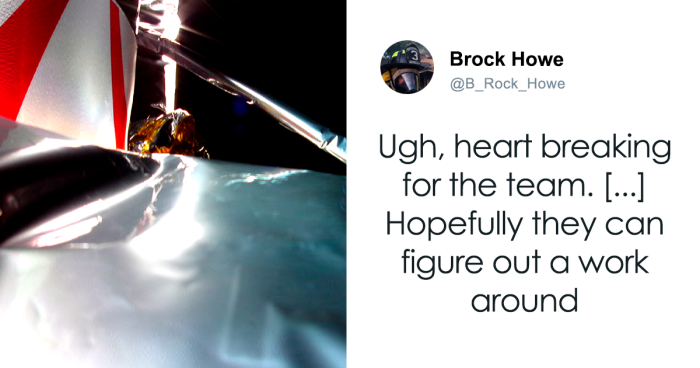
Peregrine “In Terminal Countdown”: First US Mission To The Moon in 50 Years Doomed
The first US moon landing in 50 years is now at risk due to a critical fuel leak, jeopardizing the planned mission and underscoring the challenges of private lunar exploration.
Private firm Astrobotic Technology, based in Pittsburgh, Pennsylvania, USA, estimated that its engine, the Peregrine lander, would start losing power in about 40 hours, compromising its mission of landing on the Moon’s northern hemisphere in late February.
Astrobotic Technology had managed to orient its vessel towards the sun so the solar panel could collect sunlight and charge its battery while a team assessed the status of what was termed “a failure in the propulsion system.”
The first US moon landing in 50 years is now at risk due to a critical fuel leak
Image credits: Astrobotic Technology
However, the company’s team determined that there was “a critical loss of fuel,” seemingly extinguishing hope for the planned moon landing on February 23, Sky News reported.
The problems with the Peregrine lander and its “Mission-1” were initially reported around seven hours after Monday (January 8)’s pre-dawn lift-off from Cape Canaveral Space Force Station, the British broadcaster reporter.
Astrobotic Technology reportedly said the propulsion system problem “threatens the ability of the spacecraft to soft-land on the moon.”
The company said in a statement: “Unfortunately, it appears the failure within the propulsion system is causing a critical loss of propellant.”
Image credits: Astrobotic Technology
“The team is working to try and stabilise this loss, but given the situation, we have prioritized maximizing the science and data we can capture.
“We are currently assessing what alternative mission profiles may be feasible at this time.”
The firm, which develops space robotics technology for lunar and planetary missions, was reportedly aiming to be the first private business to successfully land on the moon, something only four countries have accomplished, as per Sky News.
Thomas Moore, a science correspondent for Sky News, noted that “Astrobotic will learn a lot even as Peregrine is in a terminal countdown. It might have just 40 hours of life left.”
Private firm Astrobotic Technology estimated that its engine, the Peregrine lander, would start losing power in about 40 hours
Image credits: Astrobotic Technology
He further explained: “On Earth, you can put spacecraft through ‘shake and bake’ tests – simulations in special chambers of the conditions they will experience on launch and in space.
“Large G-forces, temperature extremes, and the vacuum of space put components under huge stress.”
According to the correspondent, it is common knowledge that Peregrine has left Earth’s orbit, but Astrobotic hasn’t shared its trajectory.
“If it’s on course for the moon, it will smash into the surface,” Thomas wrote. He added: “More likely, it will miss its intended target and head for deep space or be captured by the Sun’s gravity.”
Astrobotic determined that there was “a critical loss of fuel,” seemingly extinguishing hope for the planned moon landing on February 23
Image credits: Astrobotic Technology
Thomas suggested that the firm was hoping that the vessel’s systems could be powered up for long enough to get itself to a distance equivalent to its planned journey to the moon.
“Hopefully, engineers will work out what went wrong before the spacecraft runs out of juice and stops transmitting data,” the science expert concluded.
A second lander from another American private firm from Houston, Texas, is due to launch next month. The US National Aeronautics and Space Administration (NASA) reportedly gave Astrobotic Technology and the Houston firm millions to build and fly their lunar landers.
Astrobotic’s contract with NASA for the Peregrine lander was reportedly valued at $108 million.
“The team is working to try and stabilise this loss, but given the situation, we have prioritized maximizing the science and data we can capture,” the company said
Image credits: Astrobotic Technology
Before the flight, NASA’s Joel Kearns, deputy associate administrator for exploration, said that while using private companies to make deliveries to the moon would be cheaper and quicker than going the usual government route, there would be added risk, Sky News reported.
Joel stressed that the space agency was willing to accept that risk, saying: “Each success and setback are opportunities to learn and grow.”
Onboard Astrobotic’s vessel is an instrument known as the Peregrine Ion Trap Mass Spectrometer, which was developed in the UK by scientists from The Open University and the Science and Technology Facilities Council RAL Space — the UK’s national space lab — in collaboration with NASA’s Goddard Space Flight Centre in Washington DC.
Most surprising, reports revealed that the Peregrine lander transported human remains, including those of Star Trek creator Gene Roddenberry — with his wife and son — along with icons from the show Nichelle Nichols, James Doohan, and DeForest Kelley, who played Nyota Uhura, Montgomery Scott, and Dr Leonard McCoy.
Additionally, the DNA of former US presidents George Washington, Dwight Eisenhower, and John F Kennedy are also being transported to (hopefully) the moon.
The last time the US launched a moon landing mission was in December 1972 with Apollo 17. Subsequently, Gene Cernan and Harrison Schmitt became the 11th and 12th men to walk on the moon.
“Terrible loss for them and science,” one reader commented
6Kviews
Share on FacebookGod this fills me with rage, because not only is it shoddily written but it includes a few tweets from moonhoaxers, because who else should get a voice than idiots who can't wrap their tiny brains around the fact that a small private firm with 25 employees can't get a moon lander on their first try whereas NASA, with thousands of employees and the whole might of the US economy behind it could do it even with 1960s technology... Also, they never ask themselves, if soft landing on the moon is so easy, why did the Israeli private lander Beresheet fail in 2019, why did the Russian Luna 25 fail last year and why did it take India three tries to get it right with Chandrayaan-3, also in 2023? Space is hard, but we'll see boots on the moon again sooner rather than later, with Artemis. Sure, it might be waaaay behind schedule due to Congress shenanigans, but it'll also be a lot cheaper than the Apollo program, at $4.1 billion instead of $22.6 billion per launch (adjusted for inflation).
Also, even in the 1966 NASA failed 10 times out of 18 with their Pioneer and Surveyor programs, and it took 8 attempts before getting Pioneer 4 right.
Load More Replies...BP, let's not lend moonhoaxers any creditability here, please. thanksssss
Very disappointing news 😕. Any step forward to space benefits humanity as a whole, even the failures. Thank you for the article!
God this fills me with rage, because not only is it shoddily written but it includes a few tweets from moonhoaxers, because who else should get a voice than idiots who can't wrap their tiny brains around the fact that a small private firm with 25 employees can't get a moon lander on their first try whereas NASA, with thousands of employees and the whole might of the US economy behind it could do it even with 1960s technology... Also, they never ask themselves, if soft landing on the moon is so easy, why did the Israeli private lander Beresheet fail in 2019, why did the Russian Luna 25 fail last year and why did it take India three tries to get it right with Chandrayaan-3, also in 2023? Space is hard, but we'll see boots on the moon again sooner rather than later, with Artemis. Sure, it might be waaaay behind schedule due to Congress shenanigans, but it'll also be a lot cheaper than the Apollo program, at $4.1 billion instead of $22.6 billion per launch (adjusted for inflation).
Also, even in the 1966 NASA failed 10 times out of 18 with their Pioneer and Surveyor programs, and it took 8 attempts before getting Pioneer 4 right.
Load More Replies...BP, let's not lend moonhoaxers any creditability here, please. thanksssss
Very disappointing news 😕. Any step forward to space benefits humanity as a whole, even the failures. Thank you for the article!

 Dark Mode
Dark Mode 

 No fees, cancel anytime
No fees, cancel anytime 






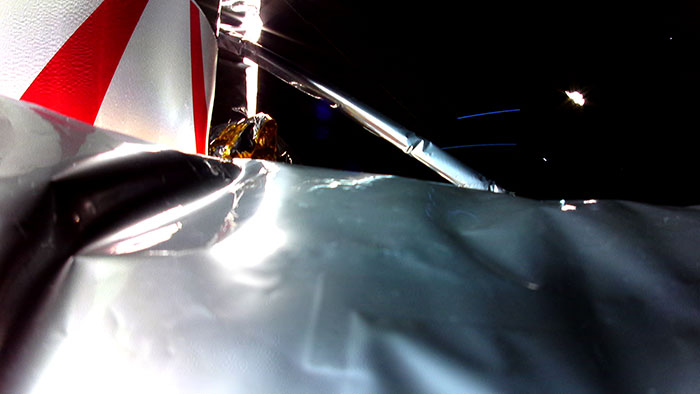
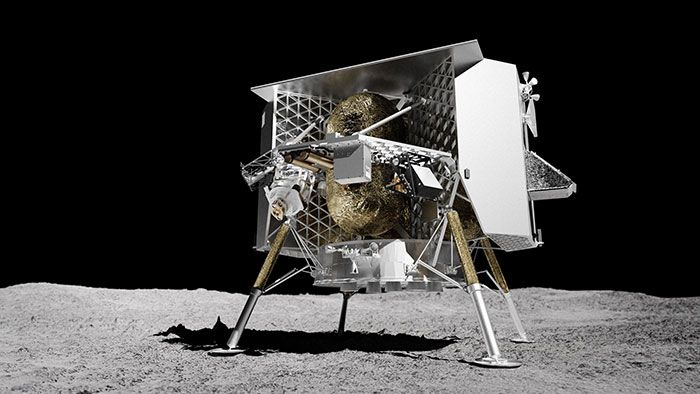
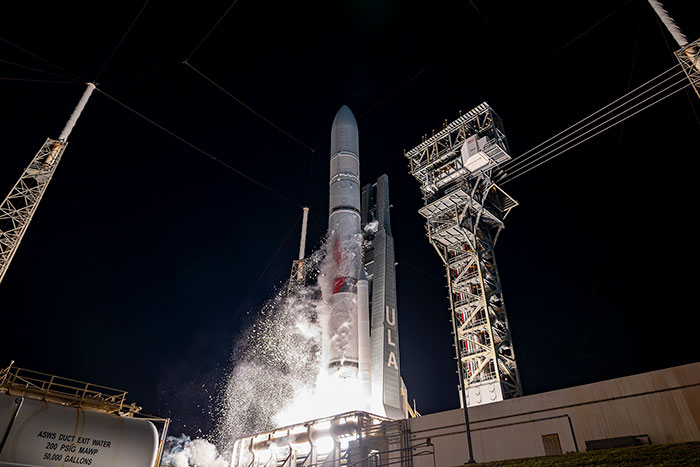
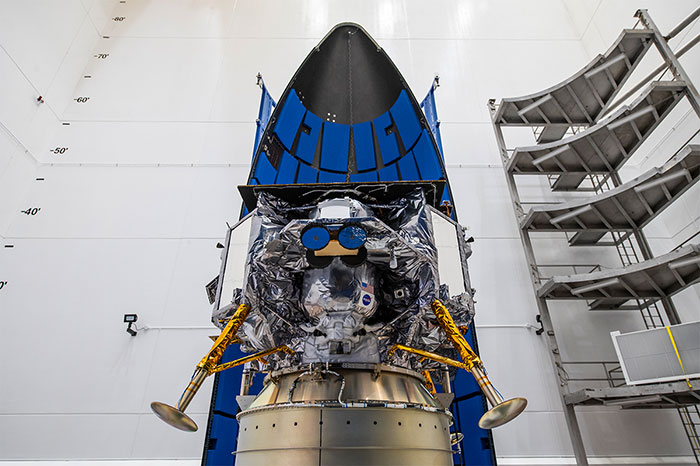
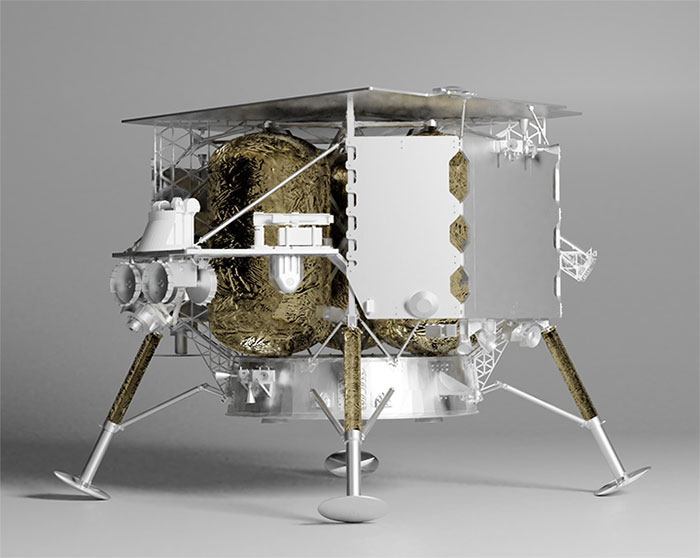

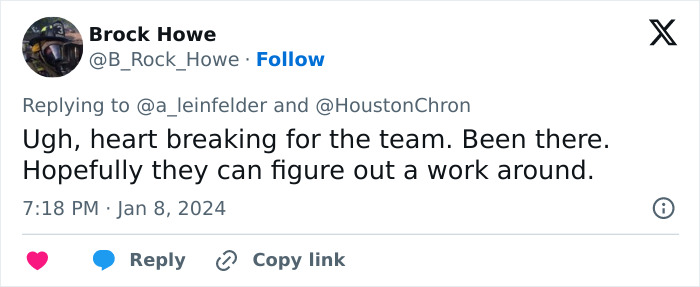


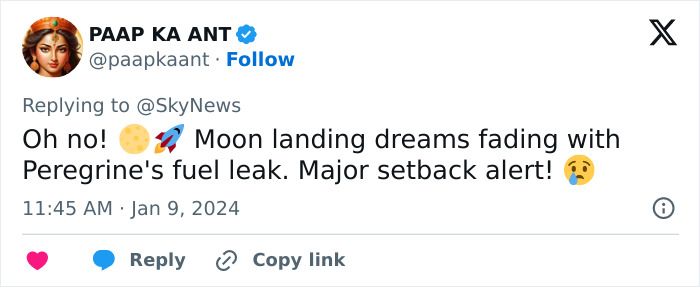


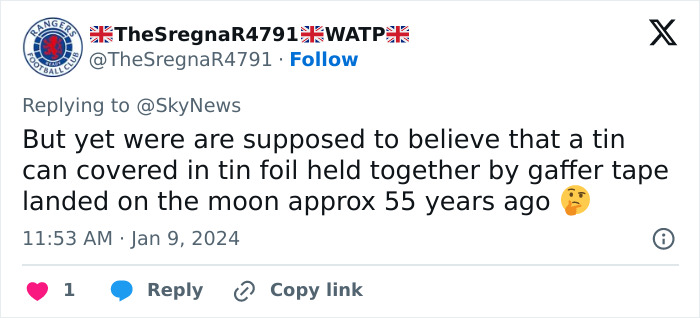

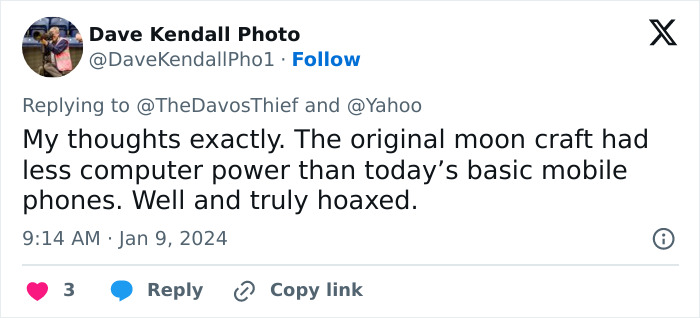













































41
11